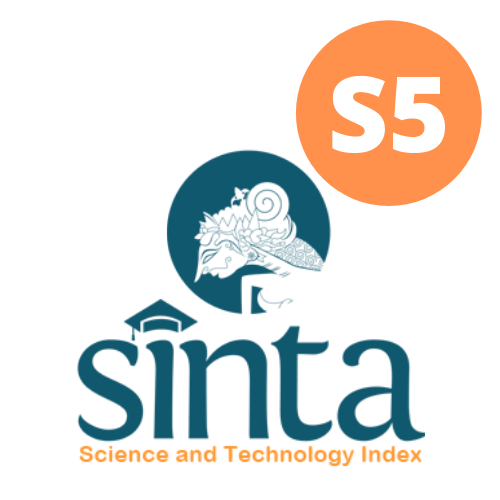Implementasi Pembelajaran Nahwu Berbasis Al-Qur’an Dalam Meningkatkan Pemahaman Santri pada Materi Isim jamak di Pondok Pesantren Al-Luthfi Lolanan
Abstract
In this study, researchers conducted an investigation to find a model for implementing Al-Qur'an-Based Nahwu Learning in Improving Santri's Understanding of Isim Jamak Material at Al-Luthfi Lolanan Islamic Boarding School by conducting a study through the stages of learning starting from (1) Learning planning Al-Qur'an-based Nahwu on Isim Jamak material at the Al-Luthfi Lolanan Islamic Boarding School is formulated by providing Isim Jamak materials in reference books such as Matan al-Jurumiyah, and al-Miftah, (2) Implementation of Al-Qur'an-based Nahwu learning -The Qur'an on plural noun material at the Al-Luthfi Lolanan Islamic Boarding School uses the deductive method with memorization models, lectures, field practice and Isim Jamak analysis through examples in the Qur'an. (3) Evaluation of Al-Qur'an-based Nahwu learning on Isim Jamak material at the Al-Luthfi Lolanan Islamic Boarding School uses two test models, namely oral and written.
Copyright
Authors published in this journal agree to the following terms:
1. The copyright of each article is retained by the author (s).
2. The author grants the journal the first publication rights with the work simultaneously licensed under the Creative Commons Attribution-ShareAlike 4.0 International, allowing others to share the work with an acknowledgment of authorship and the initial publication in this journal.
3. The author may enter into separate additional contractual agreements for the non-distribution of published journal versions of the work (for example: posting them to institutional repositories or publishing them in a book), with acknowledgment of their initial publication in this journal.
4. Author are permitted and encouraged to post their work online (for example: in the Institutional Repository or on their website) before and during the subsmission process, as this can lead to productive axchanges, as well as erlier and larger citations of published work.
5. Articels and all related material published are distributed under a Creative Commons Atrribution-ShareAlike 4.0 International License.
You are free to:
- Share — copy and redistribute the material in any medium or format for any purpose, even commercially.
- Adapt — remix, transform, and build upon the material for any purpose, even commercially.
- The licensor cannot revoke these freedoms as long as you follow the license terms.
Under the following terms:
- Attribution — You must give appropriate credit , provide a link to the license, and indicate if changes were made . You may do so in any reasonable manner, but not in any way that suggests the licensor endorses you or your use.
- ShareAlike — If you remix, transform, or build upon the material, you must distribute your contributions under the same license as the original.
- No additional restrictions — You may not apply legal terms or technological measures that legally restrict others from doing anything the license permits.
Notices:
You do not have to comply with the license for elements of the material in the public domain or where your use is permitted by an applicable exception or limitation .
No warranties are given. The license may not give you all of the permissions necessary for your intended use. For example, other rights such as publicity, privacy, or moral rights may limit how you use the material.








